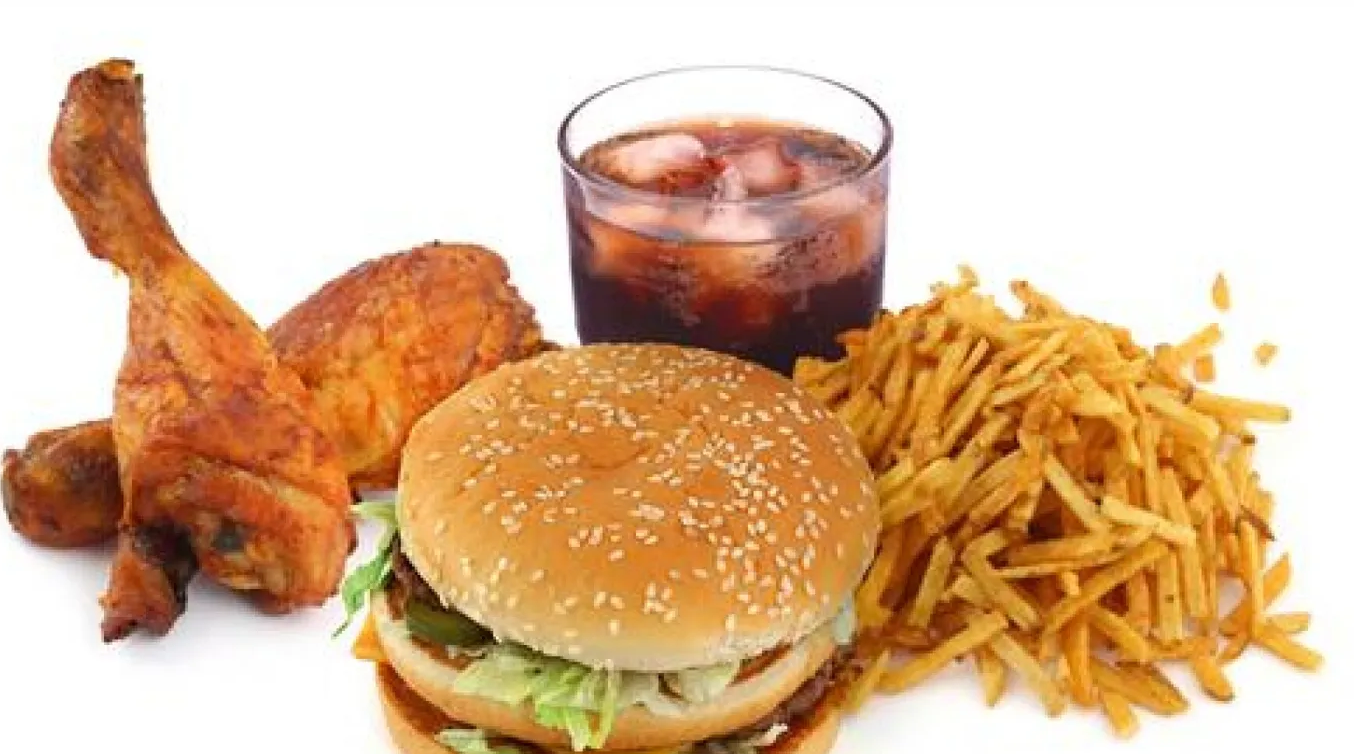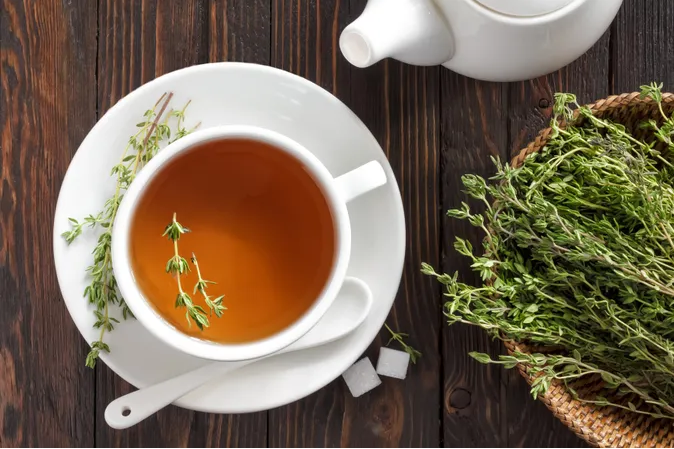Snacking, a confirmed trend
Previously limited to products with little variety and poor nutritional quality, snacking today concerns a wide range of foods and responds more to the consumer’s demand for quality and diversity.
Suitable for a quick lunch break
Under the term “snacking”, we generally consider any product that does not require consumption at the table. It can be taken equally well apart from regular meals or replace them. Aside from the timeless sandwich (the basis of all snacks), the flagship products are dairy products (38%), savory products to snack on (15%) and pastries (11%), as well as certain salads, bars cereals, soups, savory and sweet pies and ethnic specialties (tapas, spring rolls). In 2005, 60% of workers worked in a municipality other than their place of residence. The lunch break would have gone from 1h22 to 38 minutes in 5 years. This explains the enthusiasm for this new mode of consumption. France has also become the third largest European consumer of snacks, behind Germany and still quite far from Great Britain which consumes 2.5 times more than us.
Some telling figures for France:
- 9.1 kg of snacking products consumed per inhabitant per year,
- 1.5 million sandwiches consumed every day,
- 75% of Parisians eat a sandwich at lunchtime.
The main area of development lies in balanced diet and low-fat products: 42% of consumers believe that eating is an act of health. The French nevertheless remain very traditionalist: 60% of sandwiches are made from the traditional baguette.
A trend to integrate into the diet
Previously associated with an idea of total imbalance in terms of calories and nutrients, today’s snacks have adapted to the latest official nutritional recommendations. This is the arrival of “intelligent” snacking, which is increasingly part of a balanced meal. We thus find different breads (wholemeal, sesame, polar) and composition foods (crayfish, smoked salmon), which allow these “improved snacks” to be qualified as “dietetically correct” by health professionals. The snacks to avoid remain those consisting of a fatty food (cold meats, fatty meat, fries), associated with too much sauce and a sugary soda. The new consumption habits of the French are therefore part of a strong trend towards “snacking”. In fact, it represents 1 in 4 meals in the professional context, 1 in 3 in the leisure context and 1 in 2 in the context of travel. Furthermore, the phenomenon extends to all times of the day and is associated with new culinary trends such as brunch, dinner aperitifs, or even foreign flavors. (L@ Minute Nutrition, Letter n°230, March 3, 2006)





Post Comment